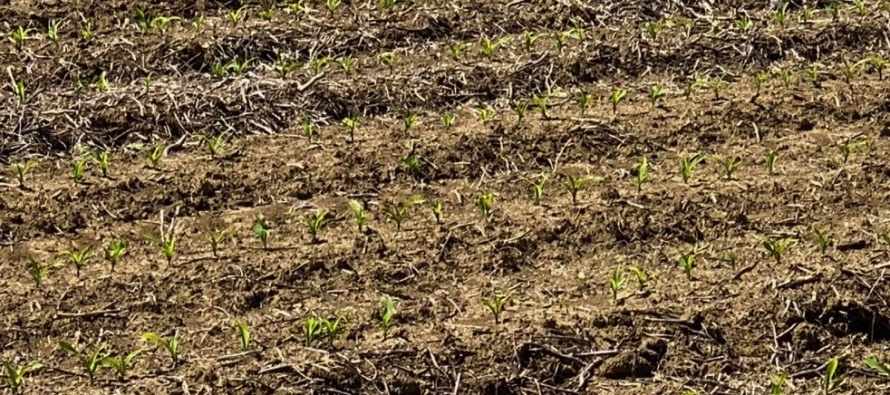Soil Carbon Market Questions

Related Articles
- Fertilizing Cotton with Poultry Litter 5
- Spring Nitrogen Fertility Suggestions for Wheat 0
- Micronutrients for Mississippi Crop Production 4
Latest Tweets
The best business managers have long-term, pro-active strategies to achieve their goals. Soil carbon (C) may not appear on the top, or even near the top of pressing concerns at this point in the season for growers. But this crop will be past the June flood and finished in just a few weeks or months, and the next crop begins as soon as the current one is harvested. In Mississippi, fall soil sampling and liming are standard procedures in many row crop operations.
Should potential soil C markets also be a factor in soil management this fall? To date, farmers have been cautious about monetizing soil C. Purdue University reported April 8 that 30 to 40 percent of farmers are aware of soil C market opportunities, however less than 7 percent have engaged in discussions, and 1 percent or less have signed a contract.
Some webinar presenters refer to the current soil C market era as the frontier days, or the Wild, Wild West, of these markets. There are significant players just now entering the arena: an international agricultural plant nutrient supplier introduced their soil C market program in early June. They join at least two of their counterparts by entering the business; the market likely will continue to add or lose players as the situation evolves.
More farmers may have signed C contracts since April. However, it is likely several factors continue to limit widespread farmer participation. Foremost is that more clarity and certainty is needed ranging from policy issues to what the boots in the field are measuring.
Many programs appear to require ‘additionality’, or grower adoption of C increasing practices such as keeping soils covered through the year, rotating crops, using cover crops, and limiting erosion. The ‘additional component’ seems to preclude farmers who are already using these practices. Uncertainty exists around whether previously participating in government cost-share to implement these conservation practices precludes an operation from offering C credits to a broker.
These economic issues that farmers are watching are outside the soil science arena. The product being brokered is not actually C, but data, including soil C analyses, which raises a different suite of questions. Is the C data obtained through intensive soil sampling, random soil sampling, remote sensing, modeling, or some combination thereof? What constitutes baseline soil C? When and how often will the verification take place? Who does the verification sampling? What laboratories will do the analyses? How will the laboratories analyze for C? What happens if events such as flooding necessitate a change in soil management? And ultimately, another policy question: Who owns the data?
The unanswered questions regarding C contracts explain the low sign-ups to date. This situation will require some time to develop, analogous to soils as complex bodies slow to achieve a new equilibrium after management changes. As these questions are sorted out, a path forward for an individual grower will be to be as informed as possible about the business issues. Several agricultural media outlets are actively compiling and sharing information via websites and archived webinars. Growers should assess whether they are ready to enter the market and consider using the fall 2021 soil sampling season to create their own soil C inventory baseline.





Let me tell You a sad story ! There are no comments yet, but You can be first one to comment this article.
Write a comment